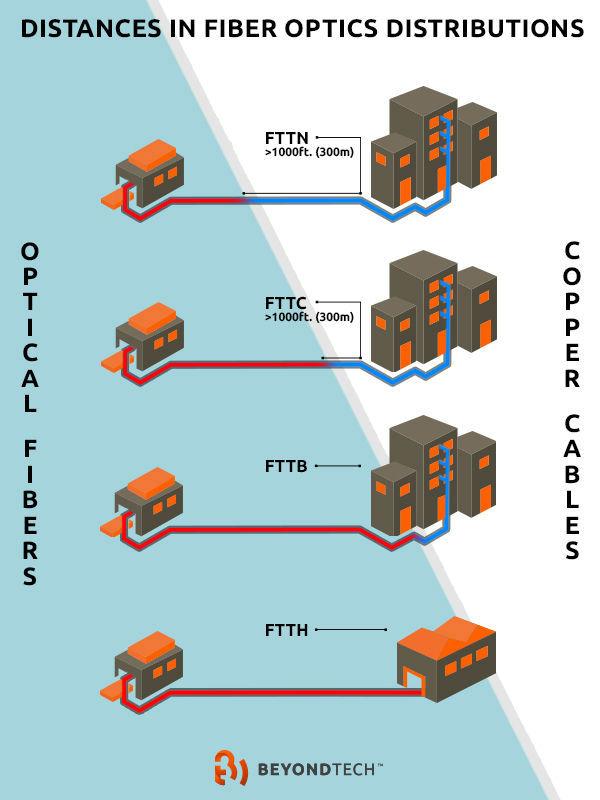The future of FTTH in Europe
People from all over the world need to connect to the Internet more frequently and more urgently than ever before.
The COVID pandemic forced everyone to stay in their houses, provoking an unprecedented demand for Telecom providers, which had to face the most difficult challenge in their recent history: to meet their customers' needs while keeping robust and fast Internet connections.
Fortunately, the advent of the FTTH technology made this whole situation slightly easier to manage, since they provide fast and reliable Internet connections.
What is FTTH?
FTTH is a term that stands for Fiber-to-the-Home connections, and it refers to a direct link between the central source of information and our homes. The transmission of information is made through a fiber optic cable.

FTTH, with the aid of GPON, is what allows for users to connect to the internet at rates of up to 300Mbps. GPON stands for Gigabit-capable Passive Optical Network, and it’s a standard, approved by the ITU-T, and its employment is actually obligatory for Telecom companies if they promise to deliver speeds that are faster than 1 Gbps.
GPON is a standard that was created to overcome the typical problems and obstacles other standards faced, mainly PON. It also aspired to provide support to other types of services related to Internet connections, like VoIP, Internet TV, etc. In the end, GPON was able to accomplish that feat by guaranteeing speeds that range between 622 Mbps and 1.25 Gbps through large distances for a number of 64 users per fiber link.
Advantages of FTTH + GPON
The main advantage that having a FTTH connection implies is obviously having access to faster Internet connections. It has been estimated that the GPON standard manages to multiply by 4 the maximum distance offered by other connection standards like ADSL and VDSL.

This enhancement gains relevance by the fact that the distances between the central source of information and the end user gets to 20km without suffering any sort of losses along the way. The bandwidth for this type of connection is considerably higher than those other standards. Some providers assure that, within ideal conditions, that bandwidth is able to reach speeds of up to 2.4Gbps.
Another clear benefit is that users that use this connection can enjoy other Internet related services like VoIP and the transmission of heavy data formats like high-resolution video and images without having to recur to additional pieces of equipment.
A final advantage of using FTTH connections is the availability of a QoS that guarantees high rates of transmission while following cybersecurity certificates, AES for example, in order to preserve the intimacy and protection of the data users are storing and transmitting through these connections.
What the future holds for FTTH
FTTH is not only a great technology, its future also looks bright -especially in Europe. According to Reichle & De-Massari AG, Europe is on the brink of a Fiber Optic golden era. The majority of the most renowned Internet providers have invested a lot of money in their infrastructures to offer fast and reliable Internet connections.
The world of academia is also heavily invested with coming up with even more efficient types of connections. A lot of laboratories from the main universities in Europe are committed to providing better solutions in terms of communications, especially in these demanding post-COVID times.
If there is anything clear after these last few years is that copper cables are obsolete and close to their extinction. Fiber optic connections like FTTH are the only ones who can come up to the test of meeting the increasing demands of users that rely on their Telecom providers to have an effective use of the Internet.
This type of connection used to be related only to entertainment endeavors. But it has now evolved into a matter of quality of life. Our Beyondtech Branch in Europe knows about this, if you have any inquiries please let us know or visit our EU Website.






